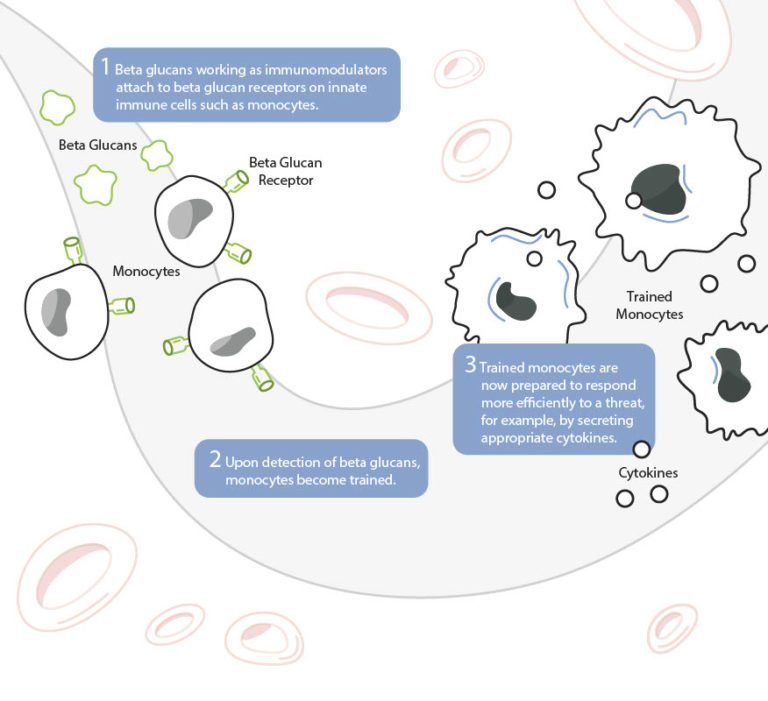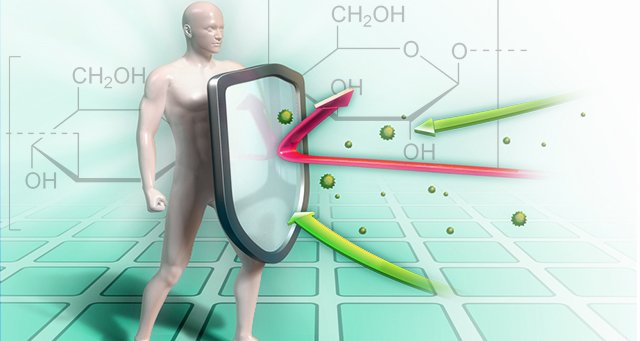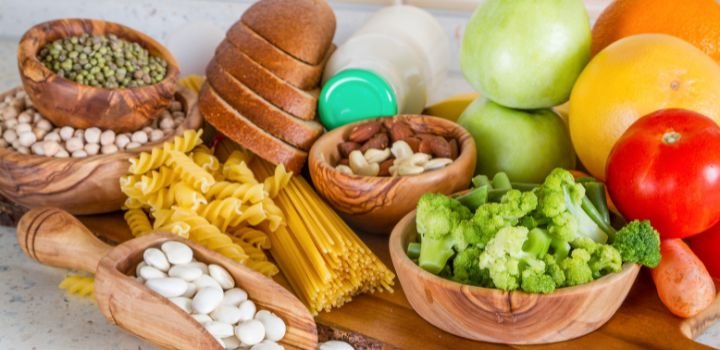The immune system of humans is a highly complex network of millions of immune cells that protect the body from constant exposure to pathogens and disease. One defense mechanism that has evolved over time is the body’s response to yeast or fungus.
These potentially harmful organisms are initially the target of antibodies, which bind to the pathogen and attract soluble blood proteins called components that also bind to the target.
The complement now attracts neutrophils, the most abundant immune cell in the body.
Neutrophils are innate immune cells that are part of the body’s first line of defense. Special receptors on their surface bind to complement coated targets. These receptors have a second site that detects and binds a complex carbohydrate called beta glucans, which are found in the cell walls of fungi or yeast.

Both the complement and the beta glucan binding sites must be occupied for the neutrophil to recognize the yeast cell as a non-self pathogen and kill it.
However, most foreign challenges lack beta glucan on their cell surfaces that trigger this killing mechanism. Hiyeast manufactures baker’s yeast beta glucan ingredients that significantly enhance the immune system. Hiyeast is a beta glucan manufacturer for applications in functional foods, beverages, and nutritional supplements. Taken orally, yeast beta glucan passes through the stomach and is taken up through the pious patches, which are specialized regions in the small intestine in the Peyer’s patches. M cells pick up beta glucan particles that are ultimately transported to immune organs throughout the body via the lymphatic system. While in the immune organs, macrophages digest beta glucan into smaller fragments and slowly release them over several days.
These fragments bind to neutrophils via the complement receptor, priming them for activity. Activated by the yeast beta glucan, the neutrophils now more quickly navigate to the site of a foreign challenge with the required beta glucan; neutrophils need to bind to the complement on an alien intruder to begin killing them.







